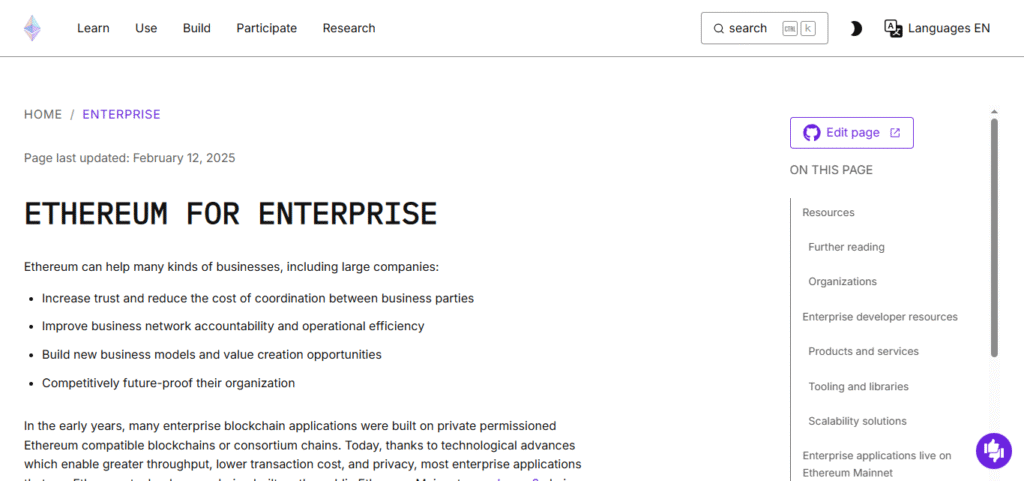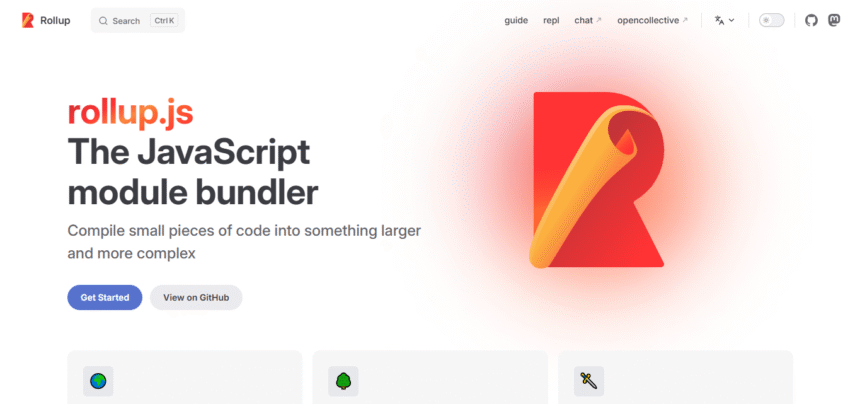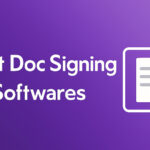In this article, I will discuss the key differences between Ethereum Mainnet and Rollups. While Ethereum Mainnet serves as the foundation for the network, Rollups offer a Layer-2 solution to address scalability challenges.
We’ll explore how each works, their unique features, and how Rollups improve transaction speed, cost, and efficiency while maintaining Ethereum’s security.
About Ethereum Mainnet
The Ethereum Mainnet is the first blockchain of the Ethereum network, where all transactions and interactions through smart contracts take place. It uses a proof-of-stake consensus mechanism (after the Ethereum Merge) and is noted for its security, decentralization, and transparency.

Meanwhile, Ethereum Mainnet is still suffering from scalability challenges with throughput limitations of around 15-30 transactions per second (TPS) which translates to increased gas fees and longer transaction times, especially during peak periods of network activity.
About Rollups
These gaps are addressed by Rollups, which are a Layer-2 scaling solution. They complete and confirm transactions outside the Ethereum Mainnet framework (off-chain) while still being secured by it.

Rollups are split into two categories: Optimistic Rollups and Zero-Knowledge (ZK) Rollups. The former assumes all transactions are valid unless a challenge is made, while the latter utilizes cryptographic methods to affirm transactions before re-posting them to the Mainnet.
The Rollup Versus Ethereum Mainnet Comparison
Ethereum is considered one of the most popular blockchains due to the number of dApps and has smart contracts running in different sectors. As Ethereum gains new users and more transactions are being made, the network is facing scalability challenges.
The original blockchain Ethereum Mainnet, owing to its large ecosystem, is not able to process a high volume of transactions in a cost-efficient manner.
This is where Rollups come into play. Explore with us as we analyze the differences between Ethereum Mainnet and Rollups as well as how each one functions and the pros that Rollups provide.
Ethereum Mainnet: The Backbone of Ethereum
The Ethereum Mainnet is the first blockchain which is the one and only Ethereum’s network. It implements a proof-of-stake mechanism (post Ethereum Merge) and maintains decentralization, security, and transparency.
All transactions and smart contracts are executed on Ethereum Mainnet on-chain. Every action taken on the Mainnet such as a transaction is processed and credentialed on Ethereum blockchain ledger guaranteeing security and finality.
Ethereum Mainnet has changed the blockchain world, however, it does encounter challenges of constraints. It does have some positives but the cons are the network maintains roughly 15-30 transactions throughout the network per second (TPS), this is on the lower spectrum when compared with traditional payment networks such as Visa.
This weak system can easily escalate the costs for conducting transactions in addition to idle time during heavy congestion and all this is made worse during busy hours. There are significant problems emerging with the limited resources.
Like the issues caused by innovative technologies that work on decentralized applications, Ethereum developers have suggested numerous ways to balance the operating methods. One of the efficient propositions is the Rollups that many see to have potential.
Ethreum Security and Compliance With Rollups Scaling Tech
A rollup is an Ethereum scalability solution of layer 2 that aims to preserve security and decentralization of the Ethereum Mainnet.
Rollups heal transactions outside Ethereum’s Mainnet and post the data back to Ethereum’s blockchain. Within the Rollups category, two notable varieties exist: Optimistic Rollups and Zero-Knowledge (ZK) Rollups.
Optimistic Rollups: Automatically deem all transactions valid, ensuring proof is submitted solely if there happens to be a contention. Better yet, no time-consuming exhaustive transaction validation is needed.
ZK Rollups: Utilize zero-knowledge proofs to verify transaction validity prior to adding it to Ethereum’s Mainnet. Despite being more complicated, ZK Rollups guarantee superior efficiency and lower lag in comparison with Optimistic Rollups.
Key Differences Between Ethereum Mainnet and Rollups
Location of Transaction Processes:
- Ethereum Mainnet: On the Ethereum blockchain, transactions are processed directly.
- Rollups: Transactions take place off-chain (Layer 2) and only relevant data is submitted to the Mainnet.
Scalability:
- Rollups: The Mainnet has a limited transaction throughput and, as such, poses the risk of getting congested, causing high fees and slow transactions.
Ethereum Scalability:
- Rollups: The scalability of Ethereum can be improved as rollups process transactions off-chain, enabling thousands of transactions per second (TPS) without flooding the Mainnet.
Transaction Costs:
- Ethereum Mainnet: Gas fees or transaction costs on the Ethereum Mainnet, increase drastically with the level of demand.
- Rollups: Users benefit from lower gas fees with Rollups due to the processing of most transactions off-chain. Transactions on Rollups are substantially cheaper than the Mainnet.
Security:
- Ethereum Mainnet: Its security isn’t in doubt as the decentralized nature of the chain coupled with the consensus mechanisms in place ensures security. Nodes in the network validate every transaction.
- Rollups: Security is maintained in Rollups without sacrificing decentralization because the transaction data is posted on the Mainnet, inheriting the Mainnet security. They could, however, rely on the Rollup operators’ mechanisms for fraud detection and validation.
Transaction Finality:
- Ethereum Mainnet: Transactions are deemed confirmed by the network after they are validated on the Mainnet.
- Rollups: Rollups may take elonger to reach finality since validation occurs off-chain before being confirmed on the Mainnet. In Optimistic Rollups, this is due to the dispute period where transaction challenges can be placed.
Decentralization:
- Ethereum Mainnet: Mainnet is highly decentralized. There are numerous nodes all over the world that validate the network.
- Rollups: While Rollups have the advantages of security and decentralization of the Mainnet, they are atoll less decentralized because the Rollup validators and operators have power over transaction processing.
Features Ethereum Mainnet & Rollups
| Feature | Ethereum Mainnet | Rollups |
|---|---|---|
| Transaction Processing | Transactions are processed directly on the Ethereum blockchain. | Transactions are processed off-chain, with data posted to the Ethereum Mainnet. |
| Scalability | Limited to 15-30 transactions per second (TPS). | Can handle thousands of TPS, improving scalability. |
| Transaction Costs | High gas fees, especially during periods of high demand. | Lower transaction fees, as most processing occurs off-chain. |
| Security | Highly secure, with decentralized validation by network nodes. | Inherits security from Ethereum Mainnet, but depends on Rollup mechanisms for validation. |
| Transaction Finality | Immediate finality once a transaction is confirmed. | May have slight delays in finality due to validation processes. |
| Decentralization | Fully decentralized with many validators around the world. | Less decentralized, as Rollup operators control transaction processing. |
| Transaction Speed | Slower transaction speeds due to network congestion. | Faster transaction speeds, as computations occur off-chain. |
| Use Cases | Suitable for high-security applications and dApps. | Ideal for scaling dApps, decentralized finance (DeFi), and games. |
| Types of Rollups | Not applicable, as Mainnet is a single chain. | Two main types: Optimistic Rollups and ZK Rollups. |
| Gas Fee Structure | Gas fees fluctuate based on network demand. | Gas fees are much lower due to off-chain processing. |
Why Rollups Are Vital for Ethehrum’s Future
Without sacrificing security or decentralization, Rollups provide a very solution to Ethereum’s scalability issue. By running transactions off the chain and posting the most crucial information to the Ethereum Mainnet, Rollups can alleviate congestion, reduce fees, and increase network throughput.
Rollups are important in ensuring that Ethereum ecosystem can sustain high demand for dapps while containing costs, speed and transaction times.
Alongside the enhancements being made to Ethereum 2.0, and the evolution of Rollups, Ethereum’s scalability and user interaction scenarios is poised to receive considerable changes fostering global acceptance.
Conclusion
Both the Ethereum Mainnet and Rollups are two approaches to blockchain scalability. While the Ethereum Mainnet offers security, decentralization, and transparency, it has a capped limit on transaction throughput. Rollups, on the other hand, use off-chain processing to increase transaction speed, lower fees, and provide Ethereum’s Mainnet security.
Leveraging both systems allows Ethereum to efficiently scale and meet the needs of future decentralized applications, cementing its place in the blockchain ecosystem.









